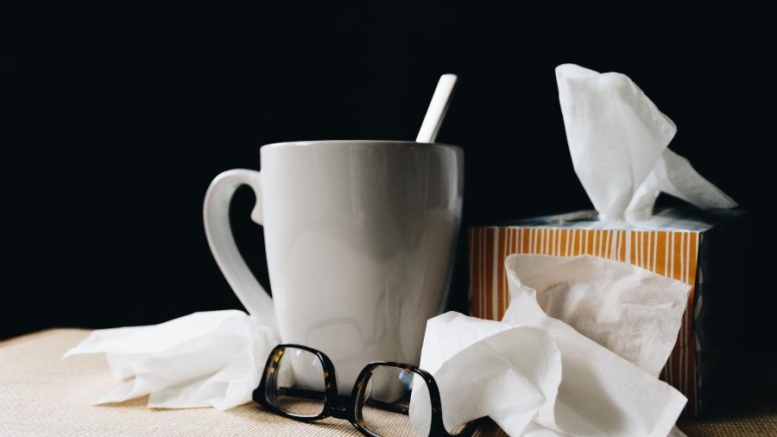Dealing with a high fever can be uncomfortable and concerning. However, there are steps you can take to reduce it and find relief. This article explores the fastest remedies for fever and provides practical guidance on how to reduce a high fever at home. It is important to note that while these remedies can provide temporary relief, consulting a healthcare professional for proper diagnosis and guidance is crucial, especially for persistent or severe fevers.
Understanding Fever
What is Fever?
Fever is the body’s natural response to an infection or illness. It is characterized by an increase in body temperature above the normal range.
When is Fever Considered High?
A fever is typically considered high when the body temperature reaches 100.4°F (38°C) or above. However, individual variations and underlying health conditions can influence what is considered high for each person.
Strategies to Reduce High Fever at Home
Stay Hydrated
Drinking plenty of fluids, such as water, herbal teas, clear broths, and electrolyte-rich drinks, helps prevent dehydration and supports the immune system.
Rest and Sleep
Allowing the body to rest and sleep aids in the healing process and conserves energy for recovery.
Apply Cool Compresses
Placing cool compresses on the forehead, neck, wrists, and ankles using a cloth soaked in cool water or a cool gel pack wrapped in a thin towel can help lower body temperature and provide temporary relief.
Lukewarm Bath or Sponge Bath
One of the most ancient remedies for fever is taking a lukewarm bath or sponge bath with water at a comfortable temperature can help cool the body. Avoid using cold water, as it may cause shivering and raise the body’s internal temperature.
Dress Comfortably
Wearing lightweight and breathable clothing helps the body regulate its temperature more effectively.
Fever-Reducing Medications
Over-the-counter medications such as acetaminophen (paracetamol) and non-steroidal anti-inflammatory drugs (NSAIDs) like ibuprofen can help reduce fever and alleviate discomfort. Follow the recommended dosages and guidelines, and consult a healthcare professional if necessary.
Herbal Remedies
Some herbal remedies, such as elderflower, ginger, and chamomile, are believed to have fever-reducing properties. However, it is important to consult a healthcare professional or herbalist before using any herbal remedies, especially if you have underlying medical conditions or are taking other medications.
Maintain a Cool Environment
Creating a cool and comfortable environment by adjusting room temperature, using fans, or using air conditioning can help lower body temperature and provide relief.
When to Seek Medical Attention
While home remedies can provide temporary relief, it is important to seek medical attention in certain situations. These include persistent or worsening fever, fever accompanied by severe symptoms, fever in infants under three months old, or if you have pre-existing health conditions or are taking medications that may be affected by the fever.
Conclusion
Reducing high fever at home involves a combination of strategies such as staying hydrated, getting adequate rest, using cool compresses, taking lukewarm baths, dressing comfortably, and using fever-reducing medications. However, it is crucial to consult a healthcare professional for proper diagnosis and guidance, especially if the fever persists, worsens, or is accompanied by severe symptoms.
